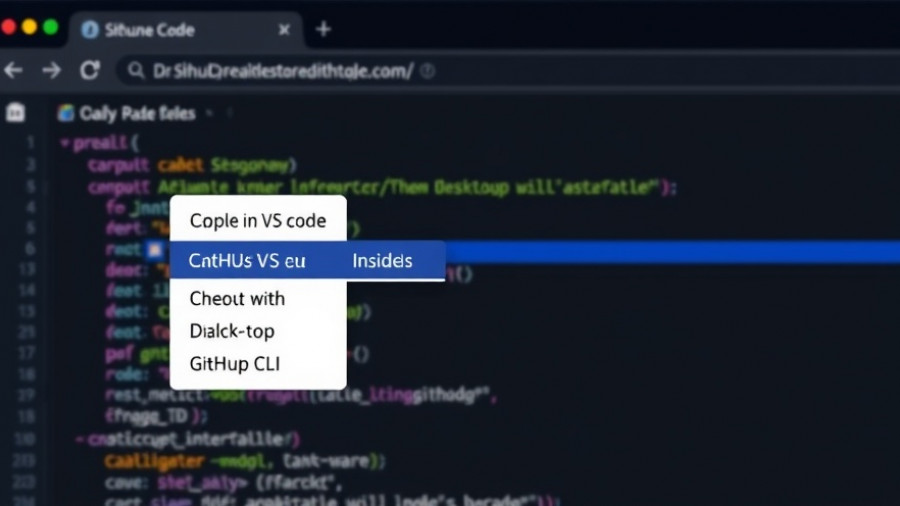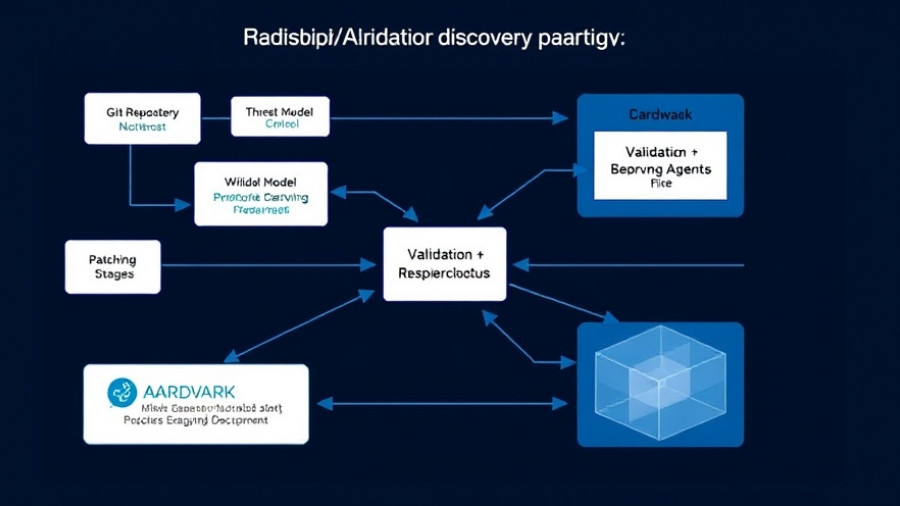
Brian Eno: The Pioneer of Creative Prompts in the Age of AI
Before the widespread use of artificial intelligence (AI) in creative domains, musician and producer Brian Eno was laying the groundwork for a new way of thinking about creativity. In 1975, alongside Peter Schmidt, he introduced Oblique Strategies, a deck of cards meant to shake up stagnant artistic processes. While unimpressive at first glance, these cards have hybridized surprisingly well with contemporary concepts like prompt engineering in AI systems, revealing deep patterns in how creativity has evolved.
Oblique Strategies: The Analog Protégé of AI Prompts
Eno's cards are innovative in their open-ended suggestions, functioning similarly to modern prompts used in AI platforms. Take, for instance, the card that states, “Use an unacceptable color.” This instruction neither prescribes a direct action nor dictates an outcome; instead, it nudges the creator to interpret the meaning and take action, revealing personal barriers and stimulating thought. The crux of Eno's approach lies in generating opportunities from creative ambiguity, which closely aligns with the philosophy behind AI-generated content.
The Art of Prompt Engineering
In today’s AI landscape, especially with the emergence of large language models (LLMs), prompts act as seeds for output. When a user inputs a command like, “Write a poem about winter,” the AI doesn't execute a fixed response. Rather, it processes the prompt to generate relevant text, much like Eno’s observing a suggestion’s potential. The skill of prompt engineering is, thus, in designing ambiguity and attraction to creativity—crafted precisely like Oblique Strategies.
How Innovation Emerges from Constraints
Eno's insight into transforming mishaps into masterpieces mirrors a trend among AI creators. When David Bowie, in a recording session for the album Low, encountered a synthesizer glitch, it was an Oblique Strategy card that prompted him to view the error as a creative opportunity. Eno reframed the error from a limitation to a departure point for innovation. This reflects a growing recognition in AI—that sometimes less structure allows for broader imaginative arcs.
The Relationship between Human and Machine Intelligence
As we delve deeper into cognitive frameworks, it’s apparent that both human and AI creativity thrive on diversifying perspectives. AI agents are evolving toward more agentic practices, capable of producing work that embraces unpredictability. Eno’s cards exemplify an invitation to rethink rigid pathways, akin to how AI prompts operate within the latent spaces of understanding.
Future Directions in AI and Creativity
Looking ahead, the interplay between Eno’s creative philosophy and AI systems like agentic AI and AI agents will likely grow even more intertwined. These technologies challenge conventional thought and encourage experimentation, much like the Oblique Strategies do. As creative fields increasingly integrate AI, they may adopt collaborative frameworks akin to those Eno proposed, fostering more innovative outputs while retaining the essence of human creativity.
Conclusion: Embracing Uncertainty in Creation
The moment we embrace randomness in our creative processes—whether through analog tools like the Oblique Strategies or the newest AI capabilities—we open up avenues for discovery. Understanding these dynamics can empower artists, innovators, and technologists to navigate an increasingly complex landscape.
 Add Row
Add Row  Add
Add 




Write A Comment